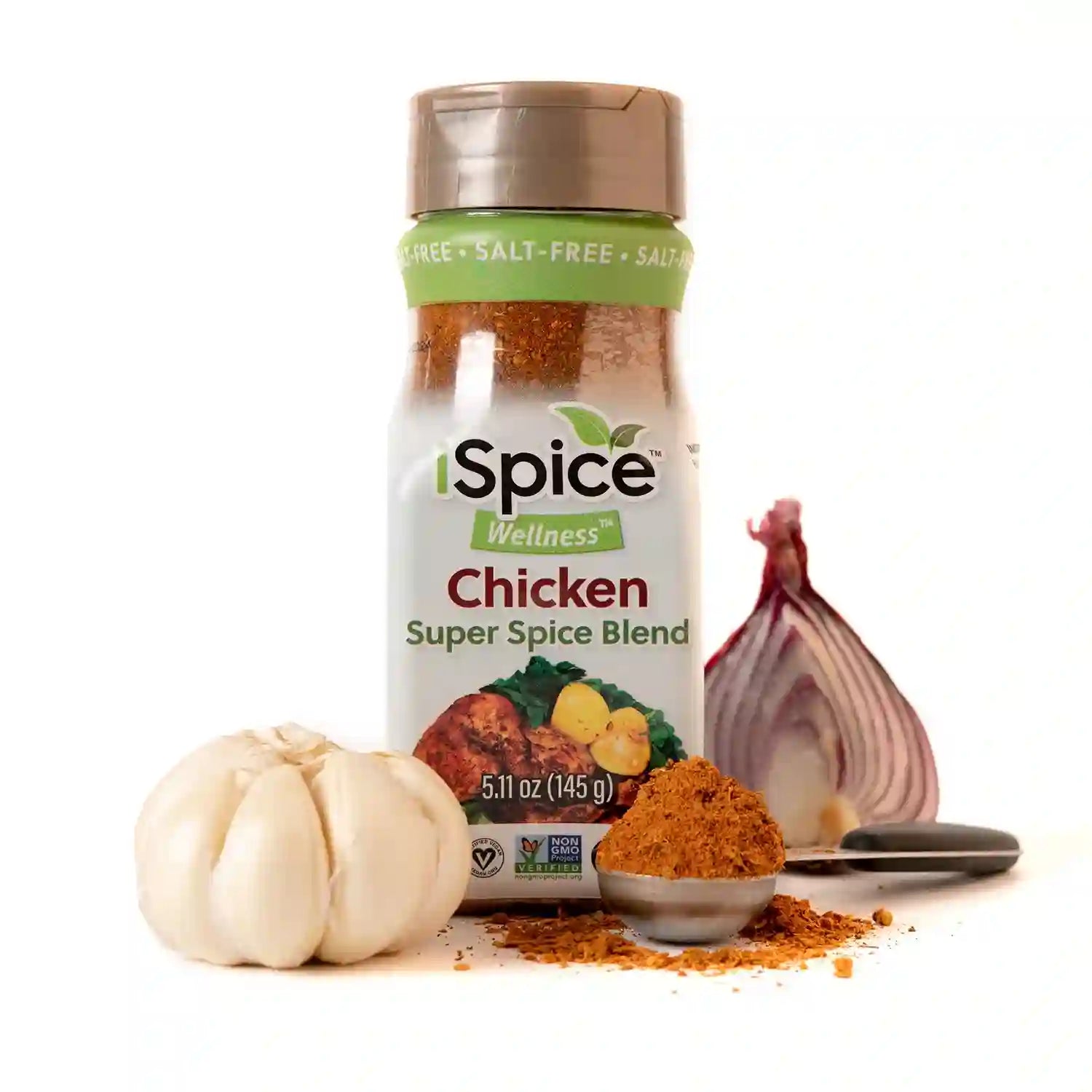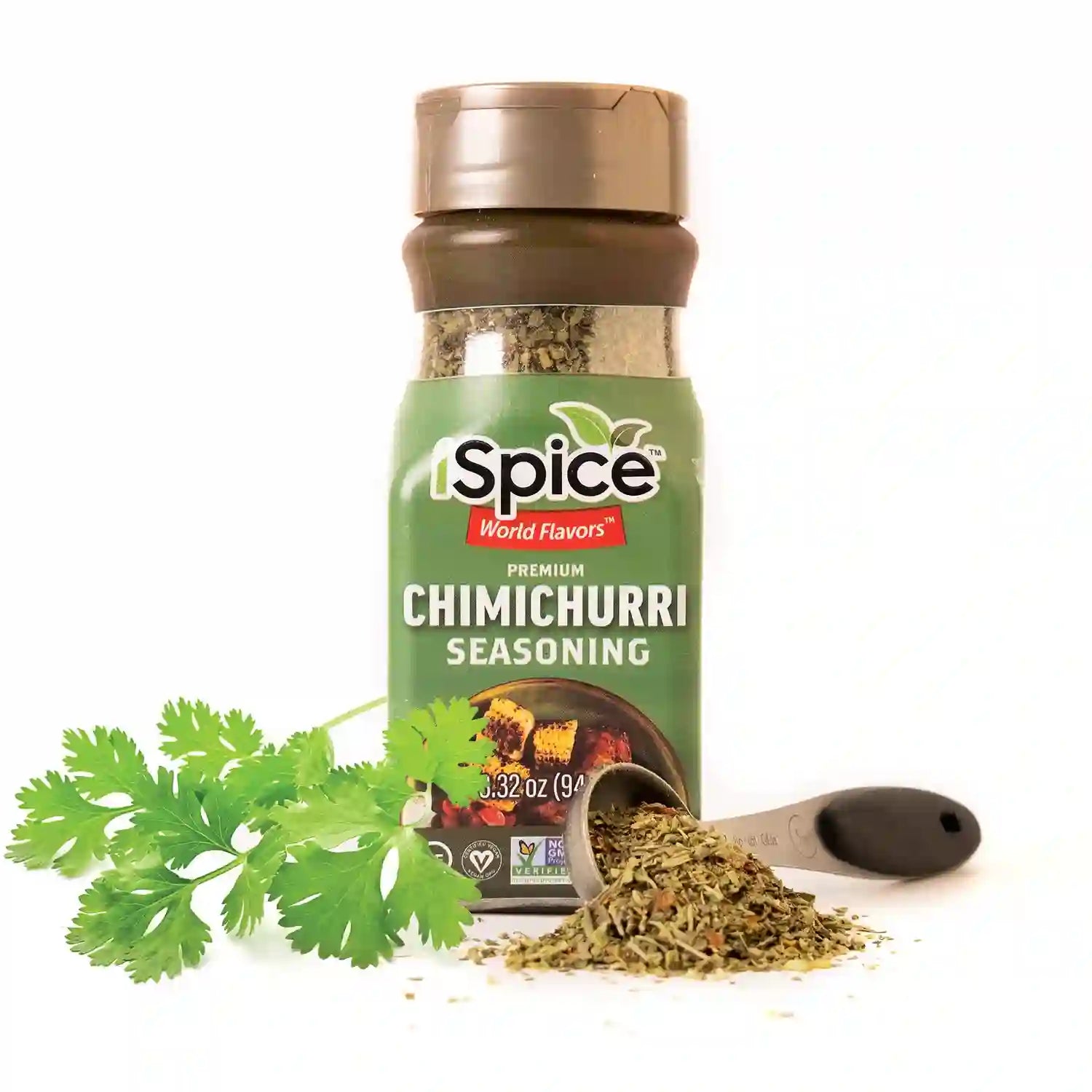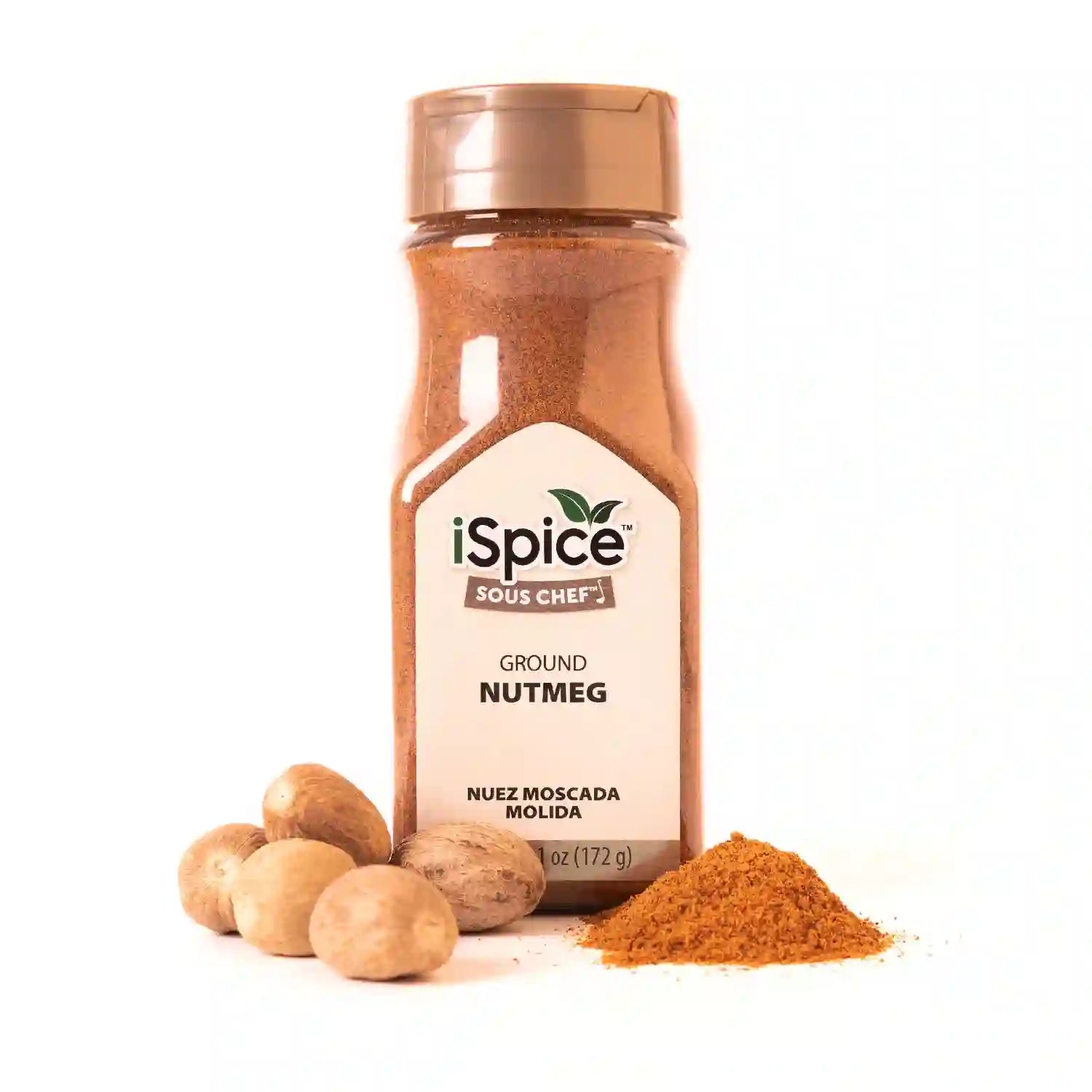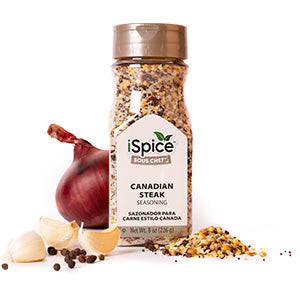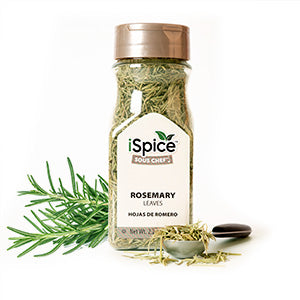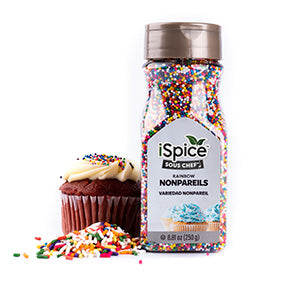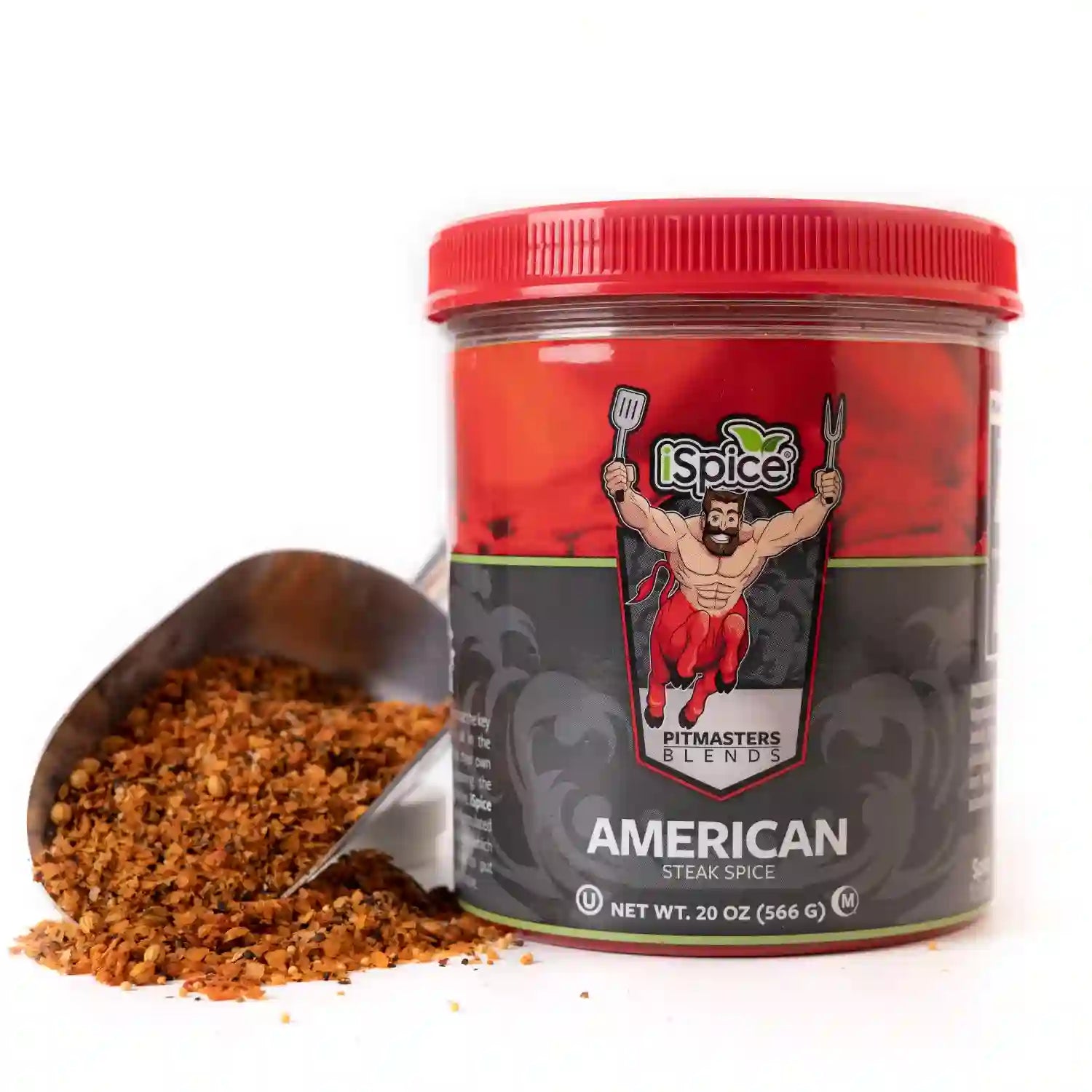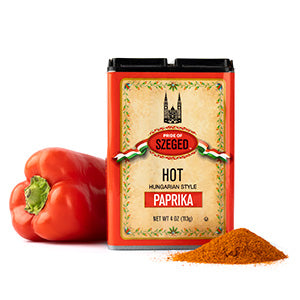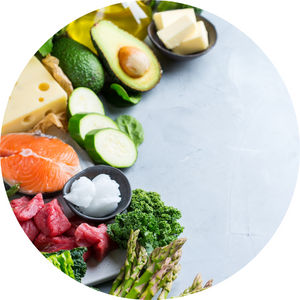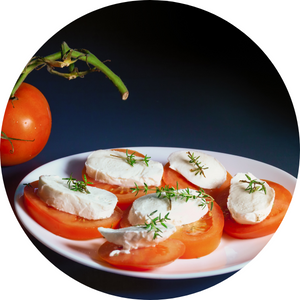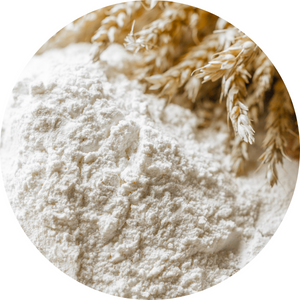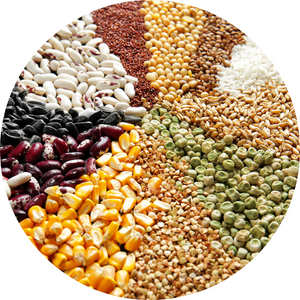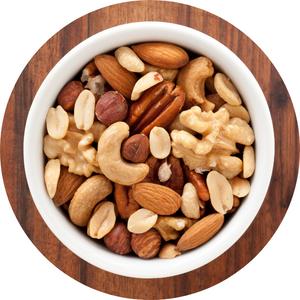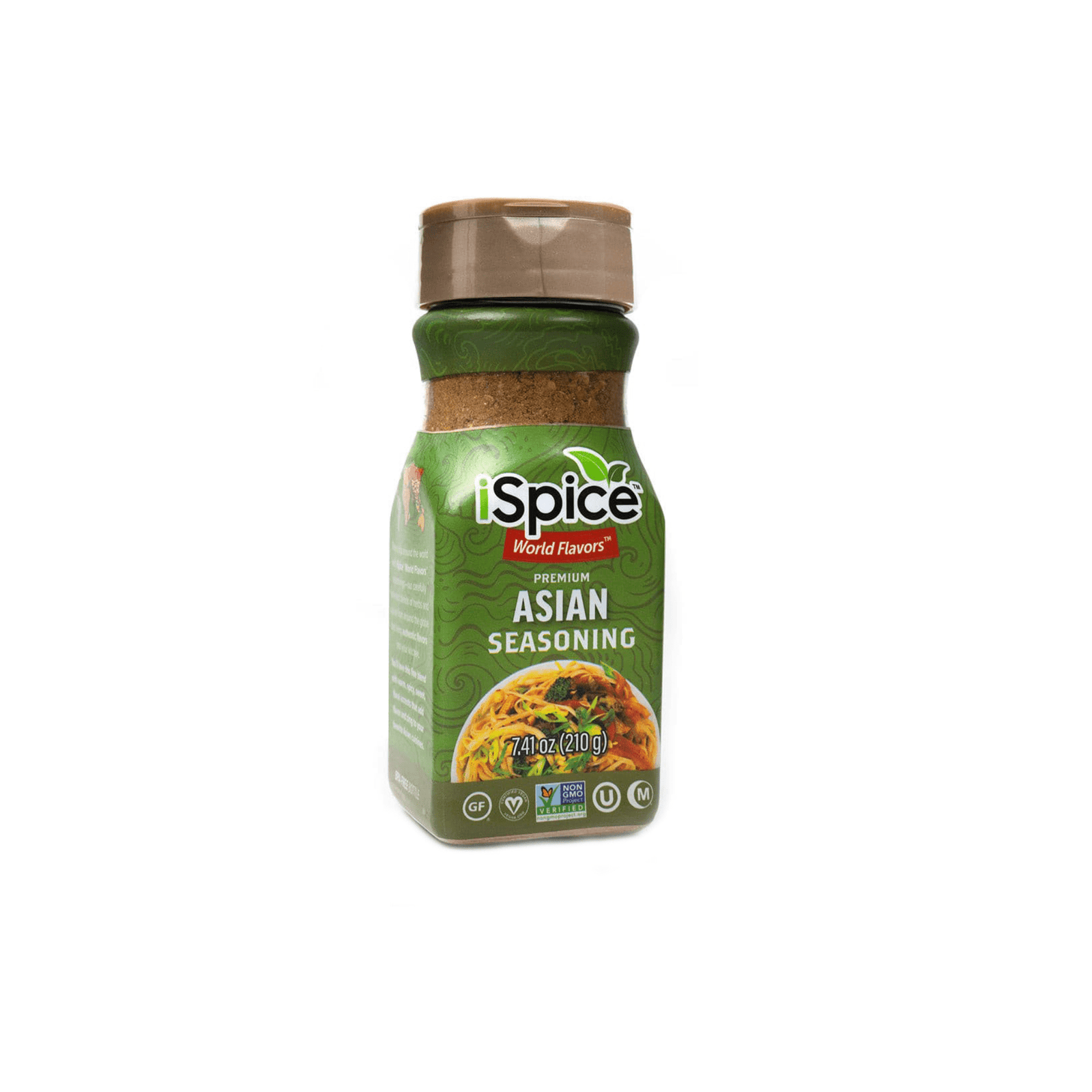With a sharp but warm flavor, sage is traditionally used to enhance the flavor of meats like lamb, pork and sausages. Chopped sage leaves are used to flavor salads, pickles and cheese. It is an herb from an evergreen shrub, the Salvia officinalis, in the mint family, and its long, grayish-green leaves have a velvety texture.There are many ways to use sage, although with its robust flavor it should be used sparingly. For full fragrance, crumble the leaves and spread on meats, seafoods, vegetables, muffins and savory breads. Sage can be incorporated into butter to top swordfish, tuna, steak, chicken and turkey. As a rub, it can be combined with cracked pepper and garlic to flavor pork tenderloin or chops prior to cooking.One of the most popular herbs in the U.S., the name comes from the Latin word salia, which means to save. Greeks and Romans used sage to cure snake bites and to invigorate the mind and body. In the Middle Ages, people drank sage in tea and used it to treat colds and epilepsy.
Alert: While spices can have many beneficial properties for health, using them for medical purposes should be done under the guidance and supervision of a healthcare professional or specialist. Some spices may interact with medications or cause adverse reactions in certain individuals, and it is important to use them safely and appropriately. If you are considering using spices for a medical condition, it is important to consult with a healthcare professional before doing so.
|
|
Benefits of SageSome research suggests Sage may have the following benefits:
|

